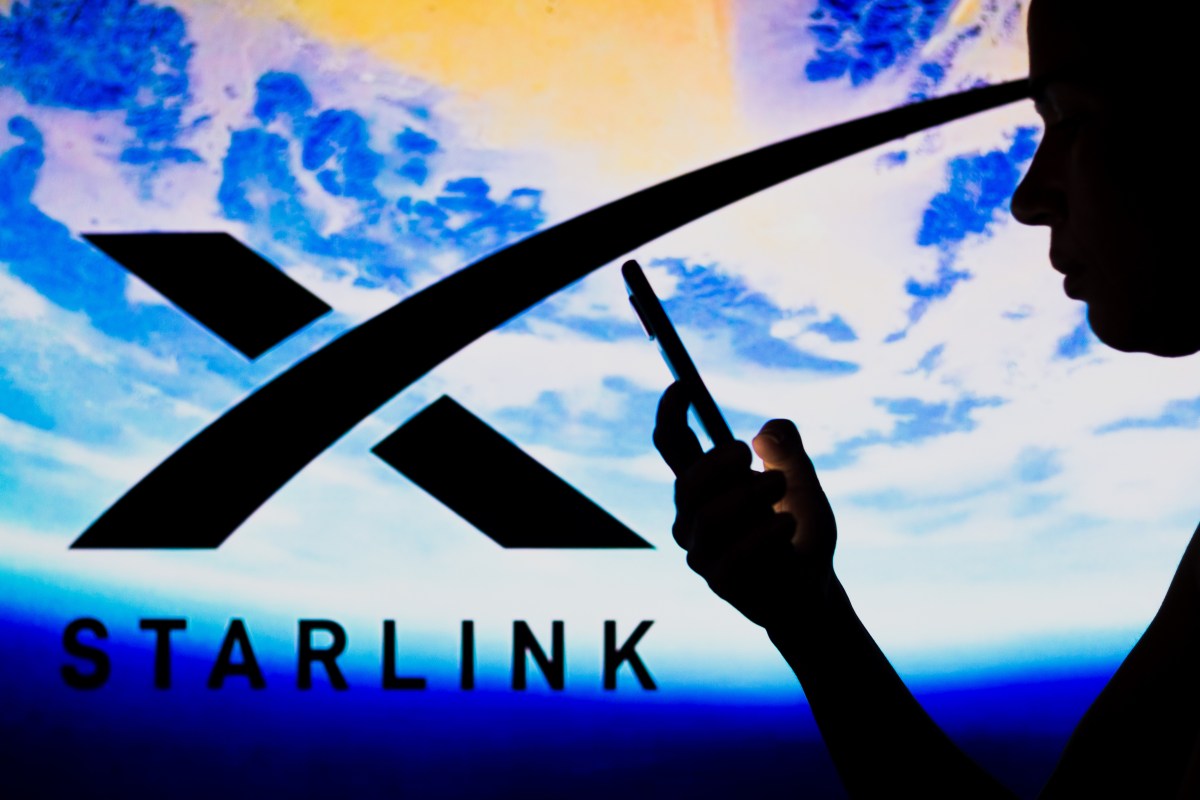Elon Musk’s Starlink has secured critical state approval in India, paving the way for its entry into the world’s second-largest internet market, following a previous unsuccessful attempt more than three years ago. This development is significant for the country, which houses over 1.4 billion people but has only about 950 million internet subscribers, representing a vast potential customer base for satellite-based broadband services.
### Compliance Requirements and Regulatory Framework
As part of its launch, Starlink must provide documentation proving compliance with new licensing regulations set forth by the Indian government, which include guidelines for Global Mobile Personal Communication by Satellite (GMPCS) operators. These rules aim to enhance security protocols for companies like Starlink, Amazon’s Kuiper, and others. Notably, they allow the government to censor content and intercept traffic similar to existing terrestrial operators. The regulations stipulate that satellite operators must restrict user terminal access from areas outside the designated geo-fenced zones.
Additionally, SpaceX will require clearance from the Indian National Space Promotion and Authorization Centre (IN-SPACe) to commence its satellite communication services. Sources indicate that the official launch of Starlink’s connectivity within India could take between six to nine months.
### Strategic Engagement with Indian Officials
The Indian government’s recent approval signals a positive shift for Musk, who has long aimed to introduce Starlink in this lucrative market. Earlier this year, the Indian telecommunications giants Airtel and Reliance Jio announced alliances with SpaceX to facilitate Starlink’s service rollout; however, they faced challenges due to the necessity for independent regulatory approvals.
Starlink previously encountered difficulties in 2022 when the company was reprimanded for launching services in India without the required licenses, leading to the refund of preorders. Nevertheless, the current political climate appears more favorable for Musk, especially following a meeting between India’s commerce minister Piyush Goyal and Starlink executives, including its India lead, Parnil Urdhwareshe.
### Competitive Landscape and Future Prospects
As Starlink prepares to enter the Indian market, it will contend with both local and international competitors. OneWeb, in partnership with Airtel, has already received the necessary approvals from IN-SPACe, while Jio SpaceFiber, a collaboration between Reliance Jio and SES, has obtained regulatory nods from both the Department of Telecommunications and IN-SPACe. Furthermore, Amazon’s Kuiper is seeking approvals to launch its services.
The Indian government has yet to announce the specifics regarding spectrum allocation for satellite internet firms. A new telecom bill introduced late in 2023 authorized spectrum allocation for satellite services via a specific fee, but the details surrounding these requirements remain pending.
Starlink’s entry into India promises to reshape the landscape of internet connectivity in the country, provided it navigates the regulatory requirements and competitive pressures effectively.






